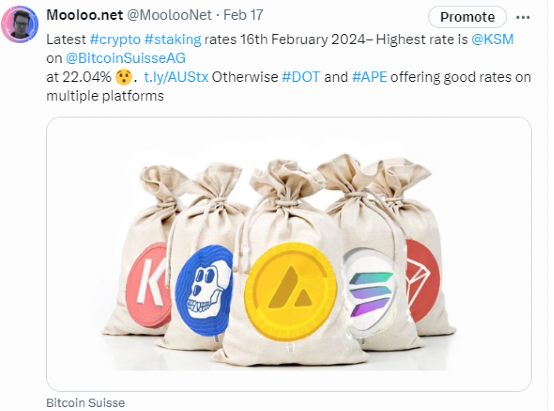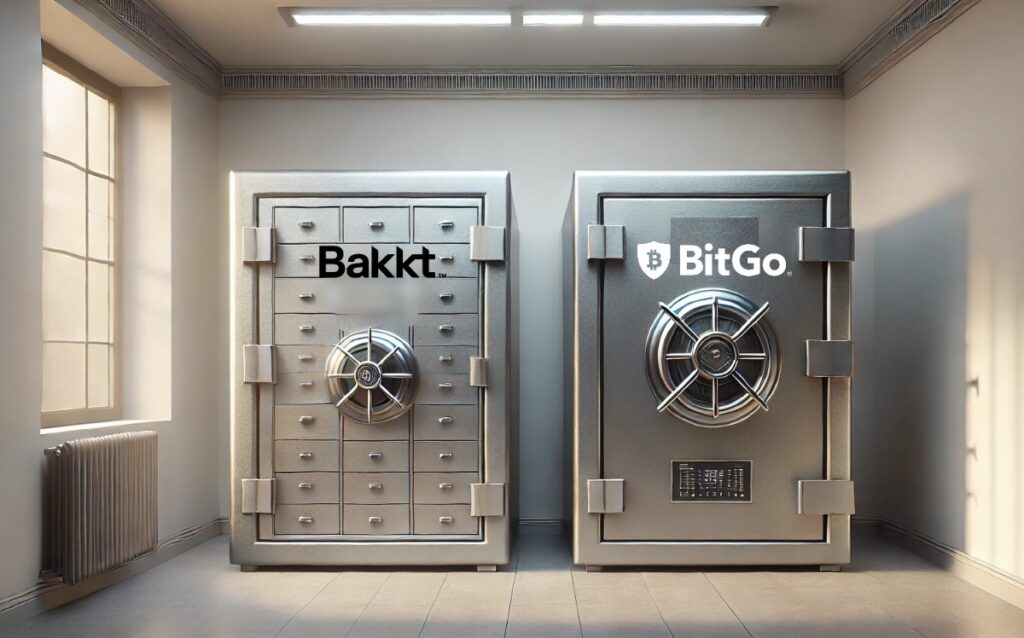Crypto lending and crypto staking, what are the mechanisms, benefits, risks, and strategic considerations of these two prominent methods of earning yield from crypto?
This comprehensive exploration aims to equip investors with the knowledge to navigate the crypto finance landscape effectively.
Understanding Crypto Lending and Staking
In the volatile realm of cryptocurrency, innovative avenues for earning interest on digital assets have emerged, challenging traditional financial paradigms. Crypto lending and staking stand out as two potent strategies for investors looking to optimize their crypto holdings’ potential.
What Is Crypto Lending?
Crypto lending allows investors to earn interest by depositing their cryptocurrencies with platforms that, in turn, lend these assets to borrowers. This model mirrors traditional banking but operates within the decentralized framework of cryptocurrency, offering significantly higher interest rates. Platforms like Nexo and Crypto.com have pioneered this space, attracting users with competitive rates and the promise of ample liquidity.
However, the landscape is fraught with risks, including platform instability, regulatory uncertainties, and straight-up fraud – underscoring the importance of vigilance and research.

Having monitored crypto lending rates for several years, the two platforms with consistently the highest rates for stablecoins have been Nexo and YouHodler, with occasional outlier rates from DeFi platforms like CREAM.
Delving into Crypto Staking
Contrastingly, crypto staking involves locking cryptocurrencies to support the operational and security mechanisms of a specific blockchain network, particularly those utilizing a Proof of Stake (PoS) consensus model.
Staking not only offers a way to earn rewards but also allows participants to contribute to the network’s health and governance. With the advent of Ethereum 2.0 and the growing popularity of networks like Solana and Cardano, staking has become an attractive option for investors seeking both passive income and active engagement in the crypto ecosystem.
Comparing Risks and Returns
While both lending and staking present opportunities for asset growth, they come with distinct risk profiles and considerations.
The allure of high returns from crypto lending is tempered by the sector’s volatility and the absence of traditional safety nets. The collapse of platforms such as Celsius and BlockFi has highlighted the dangers of platform failure, while the lack of FDIC insurance in the crypto domain means that investors may face total loss in the event of a platform’s bankruptcy. Additionally, the fluctuating interest rates and the potential for regulatory crackdowns add layers of complexity and uncertainty to crypto lending.
Navigating the Risks of Crypto Lending
The allure of high returns from crypto lending is tempered by the sector’s volatility and the absence of traditional safety nets. The collapse of platforms such as Celsius and BlockFi has highlighted the dangers of platform failure, while the lack of FDIC insurance in the crypto domain means that investors may face total loss in the event of a platform’s bankruptcy. Additionally, the fluctuating interest rates and the potential for regulatory crackdowns add layers of complexity and uncertainty to crypto lending.
Assessing the Stability and Potential of Crypto StakingCrypto staking, while also subject to market volatility, generally offers a more predictable return, especially when considering the inflation rates of staked tokens. However, stakers must navigate network risks, the potential for slashing penalties, and the implications of regulatory changes. Despite these challenges, staking remains a compelling option for those looking to earn passive income while supporting the blockchain networks they believe in. In the 12 months that Mooloo has been tracking staking rates, APE, DOT and KSM have consistently offered the highest rates, while the Coinbase and Binance platforms staking rates have been higher on average than other platforms.

Strategic Considerations for Investors
Choosing between crypto lending and staking—or integrating both into a diversified investment strategy—requires a nuanced understanding of one’s risk tolerance, investment goals, and the specific characteristics of the involved cryptocurrencies.
Optimizing Returns Through Informed Decision-Making
Investors must carefully evaluate the interest rates, terms, and policies of lending platforms, as well as the staking rewards and requirements of different blockchain networks. The decision to engage in lending, staking, or a combination thereof should align with an investor’s long-term financial objectives and comfort with the associated risks.
Staying Ahead in a Rapidly Evolving Landscape
The crypto finance sector is characterized by rapid innovation and regulatory evolution. Staying informed about recent developments like ‘restaking‘, platform updates, and regulatory changes is crucial for investors looking to maximize their returns while navigating the complexities of the crypto market.
Conclusion: Harnessing the Potential of Crypto Assets
As the crypto market continues to mature, lending and staking offer promising avenues for investors to leverage their digital assets. Whether seeking the liquidity and potentially high returns of crypto lending or the passive income and network engagement offered by staking, investors have many options at their disposal. However, success in this dynamic landscape requires a proactive approach to risk management, ongoing education, and strategic agility.
In sum, the journey of earning interest on cryptocurrencies through lending and staking encapsulates the broader narrative of innovation and opportunity in the digital asset space. By carefully weighing the benefits and risks of each method, investors can navigate the crypto finance sector with confidence, unlocking new possibilities for growth and engagement in the burgeoning world of blockchain technology.







